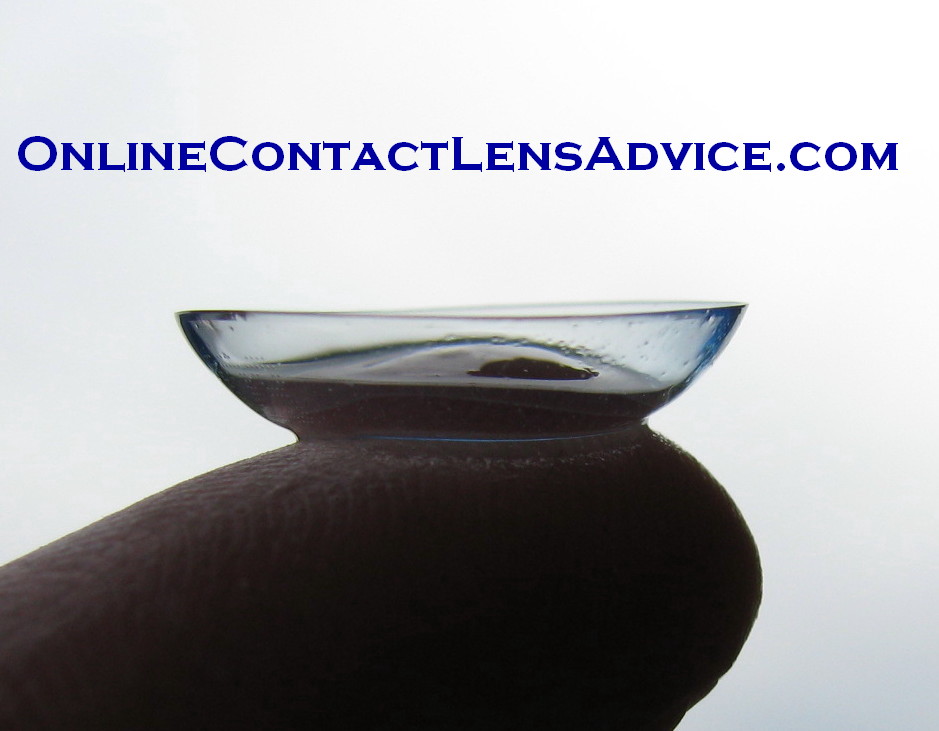- Home
- Contact Lens Types
- Daily Wear Contacts
What Are Daily Wear Contacts?
The phrase "daily wear contacts" is used frequently by people who wear contact lenses, but often there is a misunderstanding about what exactly these lenses are. In the old days, when there wasn't as much choice available, it was much simpler. People either wore daily wear, flexible wear (or extended wear), or rigid lenses. Now it's a little more complicated.
More of a wearing style than a type of lens
When a contact lens fitter refers to "daily wear", it is actually more the way the lens is worn, than a type of lens. A daily wear lens is worn during the day, and then removed at night. It is not made to be worn while sleeping.
But it can also mean a type of lens.
The confusion arose when different types and styles of lenses came out. Most frequently, a daily wear lens will be mixed up with a daily disposable lens. Making the distinction here almost seems obvious, but it is still confusing to most people.
Daily wear contact lens: A conventional old style lens that is made to last approximately one year. Very common in the '80's, and declining in use in recent years. This lens is typically much thicker than more modern lenses and is only to be worn 8-10 hours per day. It is usually thicker in order to last longer. Some people like the thickness which makes them easier to handle, but many people found them uncomfortable due to the thickness.
Daily disposable: a contact lens that is made to last one day only. Much thinner than other contact lenses, it is usually more comfortable and healthier than other lenses. It is worn as a "daily wear" lens, meaning it is not to be worn overnight. This description of how it is used can help to create some of the misconceptions.
See our page on daily disposable contact lenses.
Declining Use of Daily Wear Lenses
Because of the newer, thinner, healthier and more comfortable lenses on the market today, daily wear contact lenses are not worn by as many people any more. Those who don't have difficulty with comfort, have very healthy eyes, and only wear lenses infrequently are the best candidates for this type of lens.
Pros And Cons
The biggest benefits of daily wear lenses is their low cost, and that they last a long time. They are also easy to handle. However, their disadvantages are numerous:
- poor comfort due to thickness
- low oxygen transmissibility, which means lower health to the eye
- less moisture
- more opportunity for protein and other deposits to form due to length of life
- if not cared for properly, can cause eye infections more easily than those made monthly, weekly or daily disposable
- should not be worn more than 10 hours per day
- easy to overwear and risk the health to your eyes
- many of these lenses have been discontinued, so they are harder to get and be fitted for
Return to Contact Lens Types from Daily Wear Contacts
Search this site:

New! Comments
Have your say about what you just read! Leave me a comment in the box below.